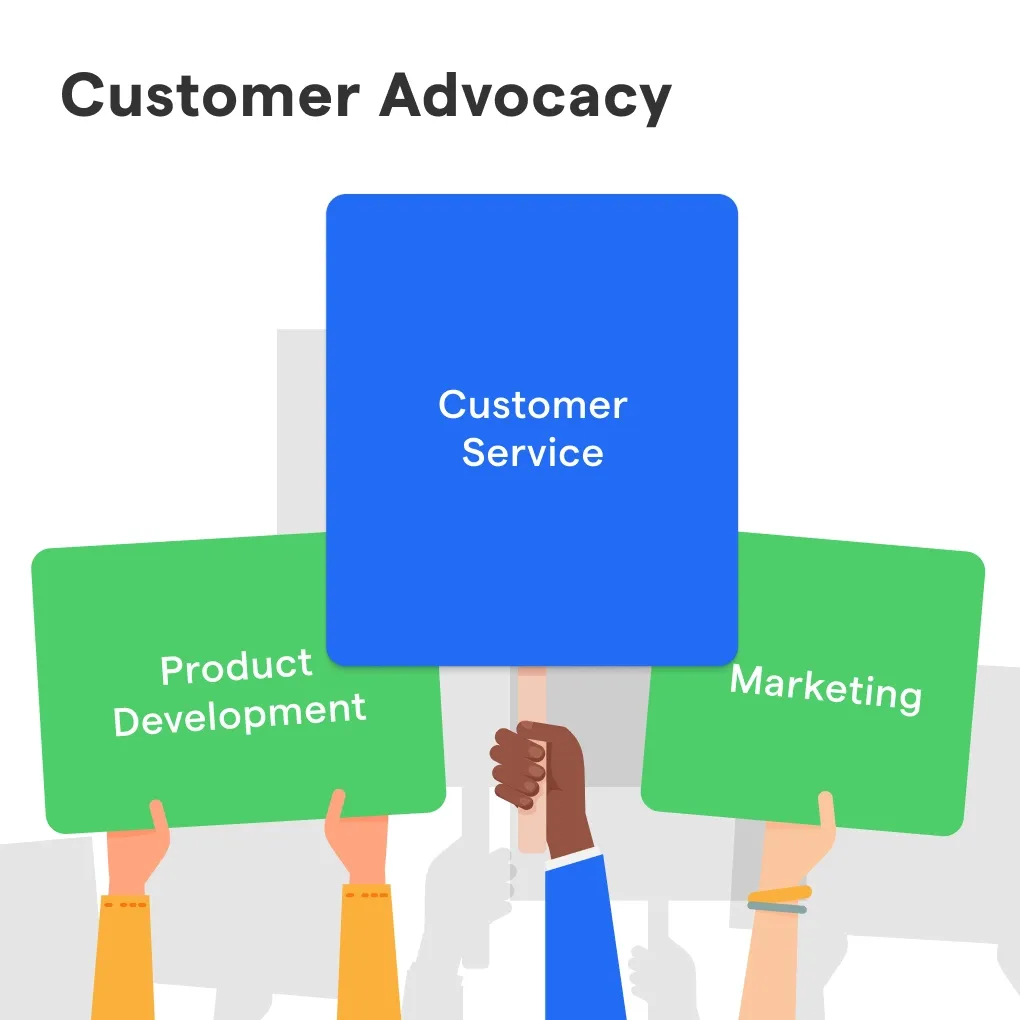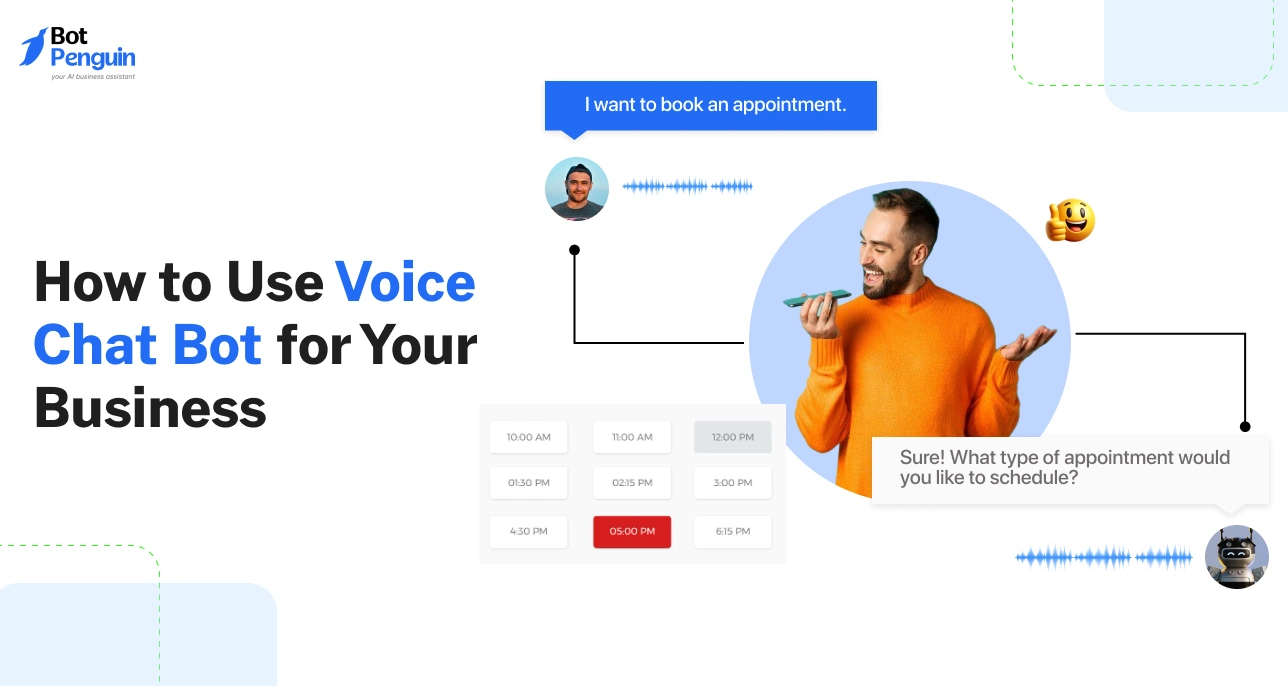What is Customer Advocacy?
Customer Advocacy refers to the process of fostering and nurturing customer relationships in ways that extend beyond the usual customer service practices. It's about making your customers your priority, just like a friend you always look out for and help whenever needed.
Fundamental Principle of Customer Advocacy
Customer advocacy implies treating your customers with generosity, fairness, and respect. It's all about creating a healthy relationship where you are there for your customers, just as a coach is there for his trainees, providing the right guidance at the right time.
Key Components of Customer Advocacy
Listening to your customers, understanding their needs, expectations, and involving them in your business processes forms the heart of Customer Advocacy. It's similar to how a good teacher caters to the different learning needs of each student and includes their feedback in shaping the teaching methodology.
Examples of Customer Advocacy
When organizations go above and beyond in supporting their customers – like a delivery company that ensures your urgent parcel arrives ahead of the scheduled time, or a fitness club that sends you guided home workouts amid lockdown – that’s customer advocacy in action.
Why is Customer Advocacy Important?
It's crucial to understand why customer advocacy matters in today's business world. Like a gardener who knows the importance of each layer of soil and chooses the fertilizers accordingly, let's explore why customer advocacy is important.
Builds Trust and Reputation
When you advocate for your customers, you build trust, much like a baby depending solely on his mother. You develop reliability, and this brings about a strong reputation in the market, making people more willing to do business with you.
Results in Customer Retention and Loyalty
Customer advocacy leads to loyalty, just as trustworthiness in a friend brings about a strong friendship. Customers stick to your brand, showing high retention rates, while also passionately advocating for your products or services to others.
Integral to Sustainable Growth
In the long run, customer advocacy plays an essential part in your organization's growth. It's like planting trees today for a greener tomorrow. Happy and satisfied customers bring more people, ultimately contributing to the company's prosperity and expansion.
What is Customer Advocacy Marketing?
Customer advocacy marketing is the art of turning your customers into your brand ambassadors. It's equivalent to encouraging students to showcase their school spirit and talk positively about their academic institution.
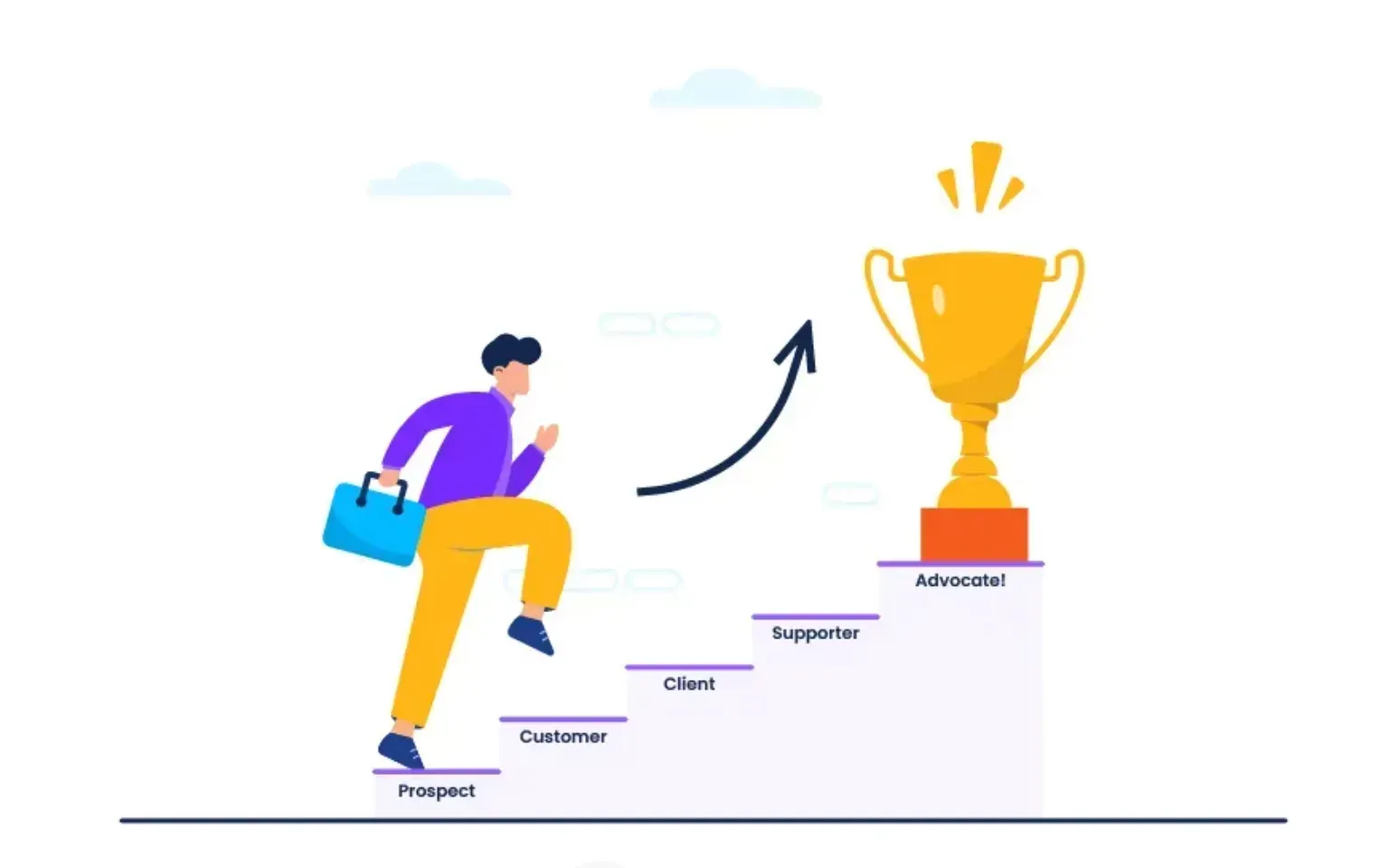
Brand Ambassadors Born from Real Experiences
Just as a dish made from handpicked, fresh ingredients taste better, advocates based on authentic and satisfactory customer experiences are invaluable. They spread the positive word around about your brand, turning more potential customers into actual ones.
The Power of User-Generated Content
User-generated content works like home remedies, bringing comfort and trust naturally. When present customers share their experiences, photos, stories, or reviews, it adds authenticity, creating a positive influence.
The Domino Effect
One satisfied customer brings in more customers. It's like a chain reaction or a series of dominos falling. Each customer-turned-advocate can influence their family, friends, colleagues, and even a broader audience on social media.
What are Customer Advocacy Strategies?
Like a competent chef has a recipe and strategy for every dish, businesses too need effective strategies to foster customer advocacy. Let's dive into the strategies that can help cultivate it.
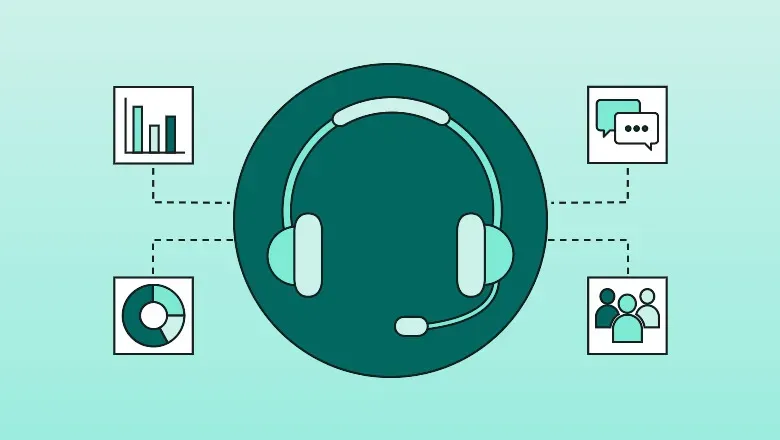
Impeccable Customer Service
Outstanding customer service is a cornerstone strategy for customer advocacy. It's as if you're running an inn where every guest feels special, understood, and cared for due to your attentive and personalized services.
Customer Feedback and Participation
Involving customers in your business processes helps build advocacy. Imagine holding a community cook-off where everyone gets to share their favorite recipes and cook together. It's the same feeling of belonging and contribution that drives customer advocacy.
Regular Communication and Updates
Freely interacting and updating your customers is another important strategy, similar to how good friends keep in touch and update each other about their lives. Transparency and meaningful exchanges foster trust and advocacy.
Employing Technology for Advocacy
Using technology in the right way can greatly enhance your customer advocacy efforts. It's like using GPS to guide a stranger through your city – easy, efficient, and spot-on.
Customer Relationship Management (CRM)
CRM systems help manage customer interactions efficiently, akin to a well-organized digital assistant who doesn't miss any details or appointments. It helps nurture relationships, leading to better customer advocacy.
Social Media Platforms
Social media can serve as a powerful amplifier for customer advocacy, like a platform where happy customers can share their stories far and wide. It increases reach, and visibility, and encourages interaction.
Automation and Personalization Tools
Automation tools provide a personalized experience to each customer, similar to an efficient tailor who notes down each customer's measurements and preferences. These tools ensure customers feel valued and understood, promoting advocacy.
Measuring the Impact of Customer Advocacy
Just like athletes need to keep an eye on their speed, timing, and form to improve, businesses need to measure the impact of customer advocacy. This helps them tweak and optimize their strategies.
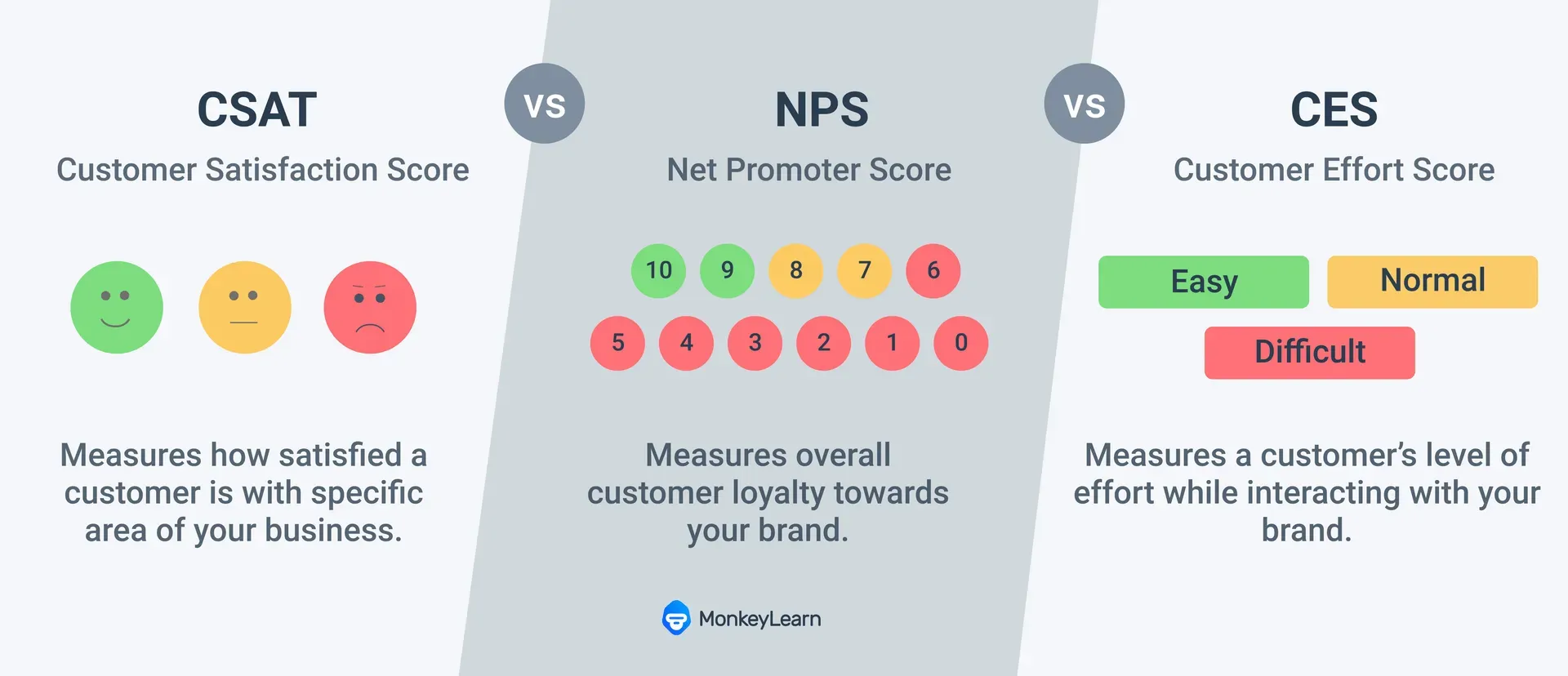
Customer Satisfaction Score (CSAT)
CSAT score is like the report card that reflects how satisfied consumers are with your product or service. Higher CSAT indicates happier customers, hinting at thriving customer advocacy.
Net Promoter Score (NPS)
NPS is a direct measure of customer advocacy. It's like asking friends how likely they are to recommend a particular movie to others. Higher NPS means more customers are willing to recommend your business to others.
Customer Lifetime Value (CLV)
CLV reflects on the customer's loyalty and the growth prospects for your business. It’s like monitoring the lifespan of your favorite plants to learn about the conditions they thrive in and thereby nurturing them better for a longer life.
Frequently Asked Questions (FAQs)
How does customer advocacy differ from customer service?
Customer advocacy focuses on championing customer needs and interests within a company, while customer service handles inquiries and issues.
Why is customer advocacy important for brands?
It builds trust and loyalty, turning customers into brand advocates, which boosts reputation and can lead to organic growth via word-of-mouth.
What role does feedback play in customer advocacy?
Feedback is crucial; it informs businesses about customer satisfaction and areas needing improvement, serving as a foundation for creating better customer experiences.
Can customer advocacy impact product development?
Absolutely, customer advocates relay customer insights directly to product development teams, influencing future products or services to better meet customer needs.
What's a key indicator of successful customer advocacy?
A key indicator is an increase in customer lifetime value (CLV) and the growth of a community of empowered, vocal customers who actively promote the brand.
